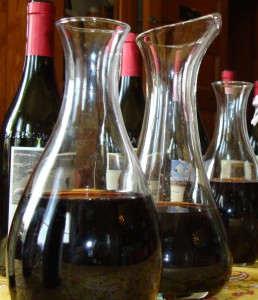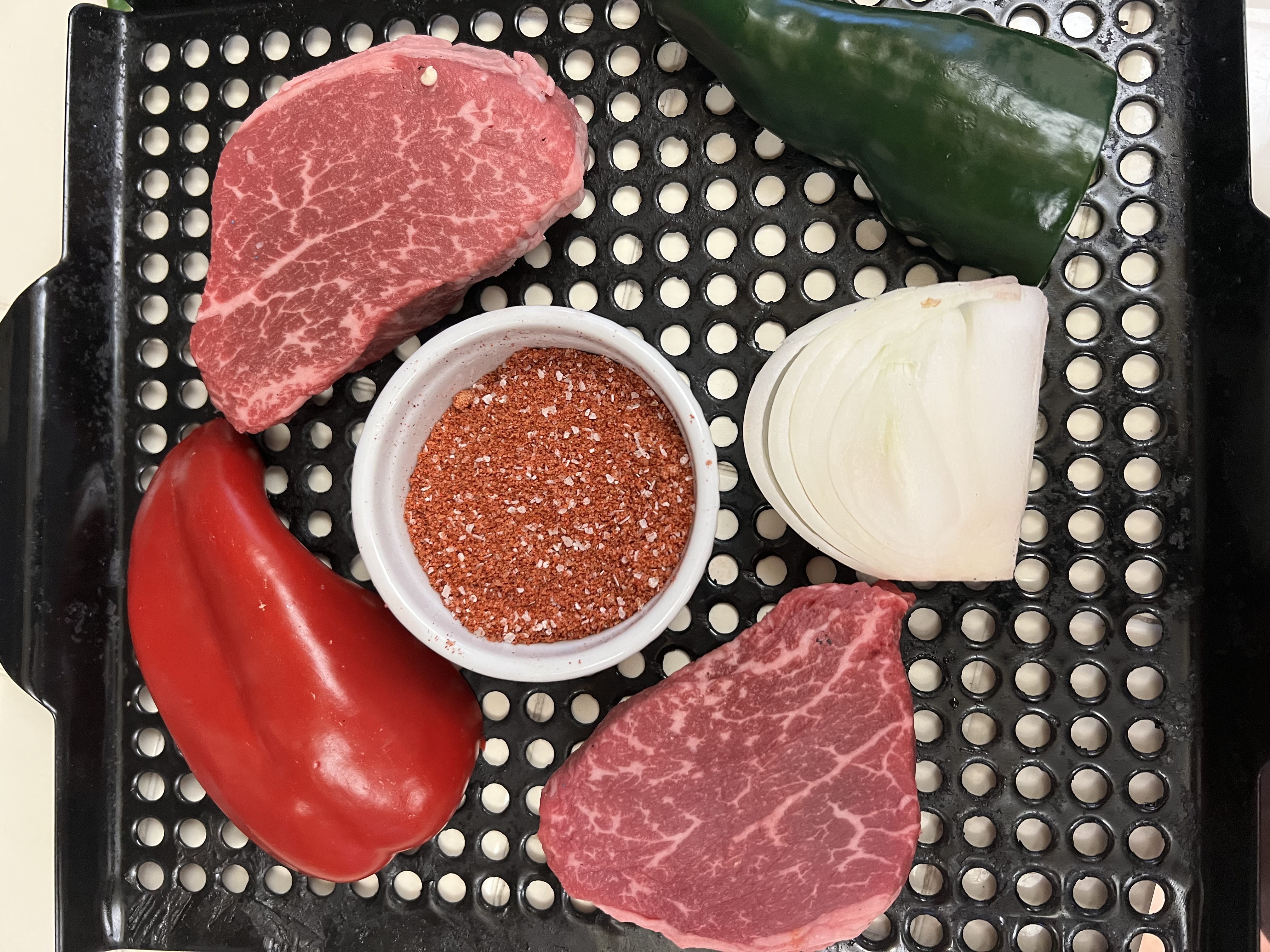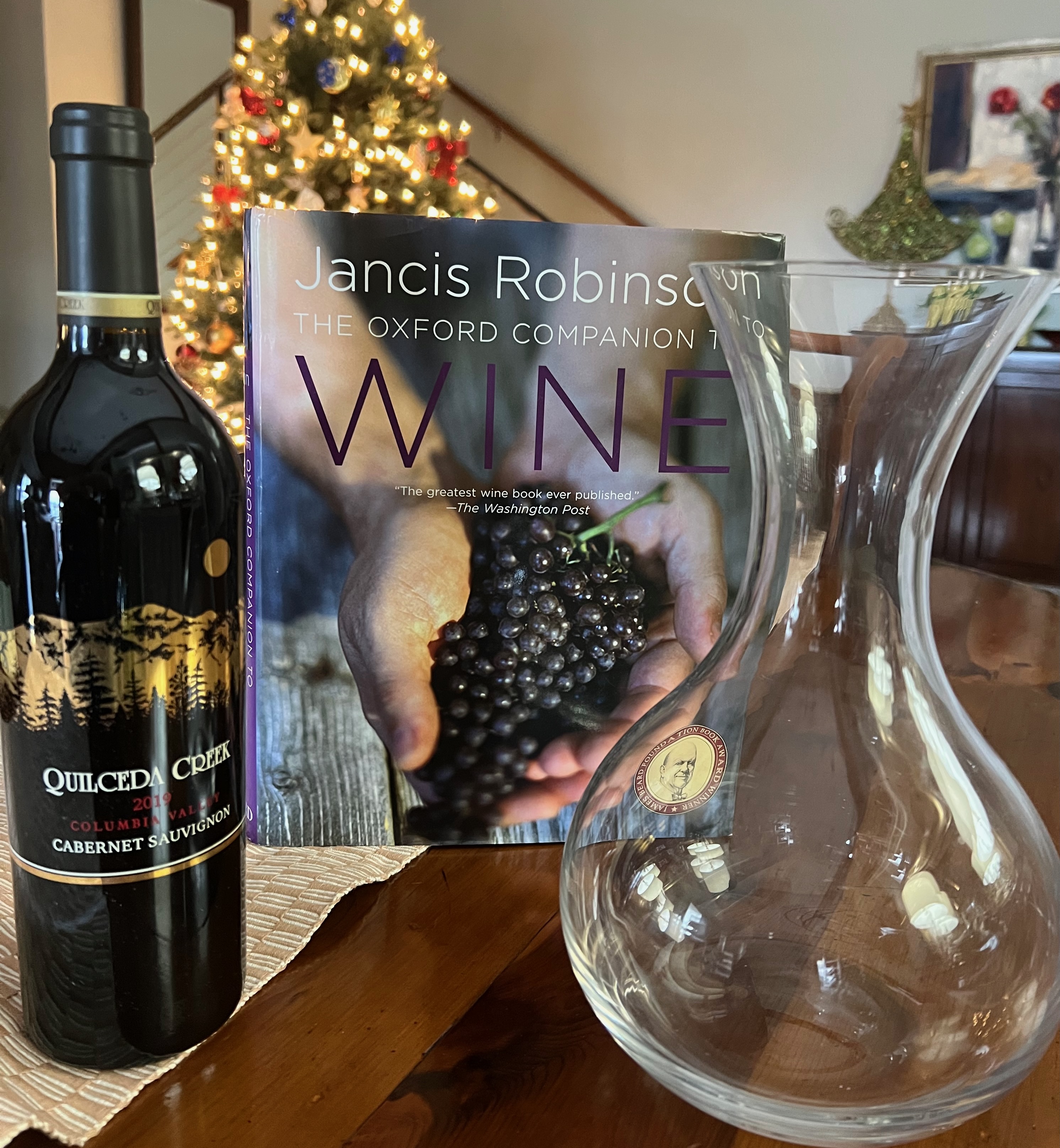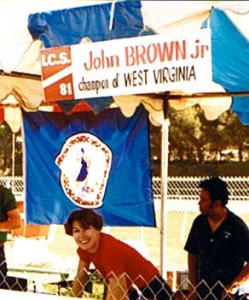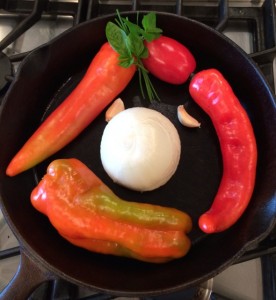Time to celebrate: The Judgement of Paris
May 22, 2023 by John BrownThe California wine industry got its start when Father Junipero Serra planted grape seeds at his San Juan Capistrano mission in 1769 near what is now San Diego. The string of Franciscan missions reached northern California nearly one hundred years later where the first commercial winery in the state – Buena Vista – was established in the town of Sonoma.
The wine industry in California has grown to nearly 3000 wineries and represents more than 80 percent of all wine produced in the United States. If California was a separate country, it would be the fourth largest wine producer in the world. Despite these impressive statistics, widespread acceptance and appreciation of California wine was a long time coming. In fact, through the first 75 years of the 20th Century, California wine received little recognition outside of the United States.
It was an event that took place forty-seven years ago in Europe that first focused attention on wine from the Golden State. The event, which came to be known as the “Judgement of Paris, was a wine tasting held on May 24, 1976, and every wine lover on this side of the Atlantic should celebrate that date. The consequences of that tasting for the California wine industry would prove to be monumentally important.
The tasting was the brainchild of Steven Spurrier, an Englishman who owned a wine shop in Paris called La Cave de la Madeleine. Spurrier also operated a wine school whose six-week courses were regularly attended by French oenophiles, chefs and sommeliers. Over the years, Spurrier developed a close relationship with winemakers in Bordeaux and Burgundy. However, unlike most European wine experts, Spurrier recognized the potential quality of California wines, particularly the ones being produced in Napa Valley.
As a justification for inviting the California wineries to compete in the tasting, Spurrier cited the American bicentennial. He had organized the event and he invited an expert, all-French, wine tasting panel consisting of some of that country’s most famous sommeliers and restauranteurs. To rule out any home-cooking, this was to be a blind tasting and none of the judges would be able to see the labels. At that time, the French didn’t consider any country’s wines to be the equal of what was being made in France, and they scoffed at any suggestion that American bottles would stand a chance.
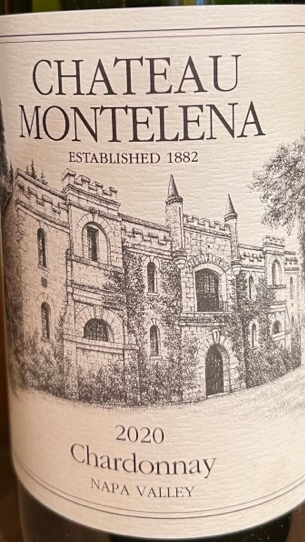
Six Cabernet Sauvignons and six Chardonnays – all from California- competed against some of the greatest of all red Bordeaux and white Burgundy wines. For example, one of the world’s most highly acclaimed Bordeaux reds– 1970 Chateau Mouton Rothschild, and one of the world’s most famous White Burgundy (chardonnay) – 1973 Joseph Drouhin Beaune Clos des Mouches – were among the French bottles against which the wines of California would compete.
To the shock of the wine world, when the results from the French judges were tallied up, Napa Valley wines were awarded first place in both categories! The 1973 Chateau Montelena Chardonnay won first place in the white wine category, and the 1973 Stags Leap Vineyards Cabernet Sauvignon was judged first among all the reds. By the way, both Chateau Montelena Chardonnay and Stags Leap Cabernet are still producing excellent wines and remain among my favorite wineries in the Napa Valley.
A reporter from Time Magazine was the only credentialed journalist who attended the tasting, and his story did not appear in the magazine until a week after the event. But once news of the wine tasting was widely disseminated, California wines gained universal respect, credibility and acceptance. The fact that two upstart Napa Valley wines were voted the best in each of the two categories being evaluated, and by a tasting panel comprised of all French judges, astonished everyone in France and across the world.
The top-scoring reds were: 1973 Stag’s Leap Wine Cellars from the Napa Valley, followed by 1970 Chateau Mouton-Rothschild, 1970 Chateau Haut-Brion and 1970 Chateau Montrose. The top four chardonnays were: 1973 Chateau Montelena (from Napa) 1973 Meursault-Charmes and two other Californians, 1974 Chalone from Monterey County and 1973 Spring Mountain Chardonnay (Napa).
In his 1976 Time Magazine article on the event, reporter George Taber wrote: “The U.S. winners are little known to wine lovers, since they are in short supply even in California and rather expensive ($6 plus). Jim Barrett, Montelena’s general manager and part owner, said: “Not bad for kids from the sticks.”
Indeed!
John Brown is also a novelist. His latest book Augie’s World, is a sequel to his debut novel, Augie’s War. Both novels are available in print and audio at Amazon. You can find out more about his novels and wine columns at wordsbyjohnbrown.com



